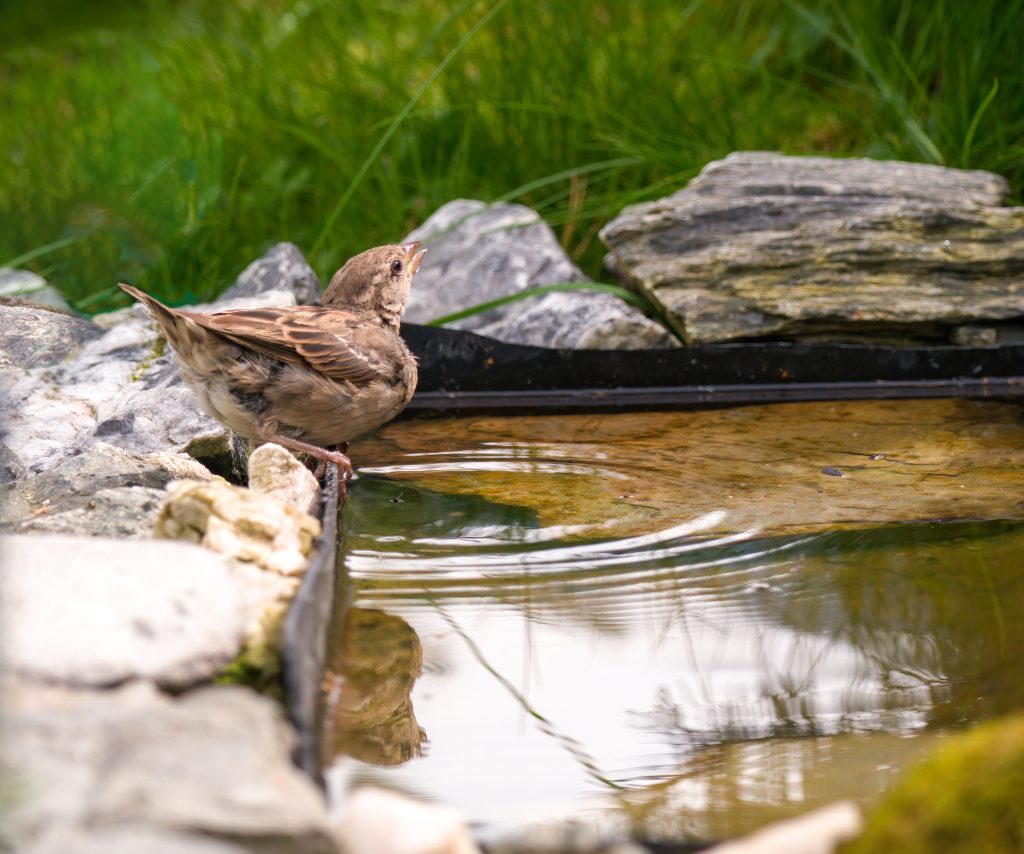“Quiero hacer una dierencia!” Responded the dark-eyed thirteen-year old young lady when I asked why she was sitting in on my wildlife presentation.
“And in what way would you like to make a difference?” I asked.
“Porque si no lo hare quien lo hara?” she responded!
“Because if you don’t, who will? Is that correct? I know very little Spanish. Would you please speak English?”
She smiled, then without so much as the slightest hint of an accent, “Yes Sir, Mr. Weishuhn! I believe everyone can and should make a difference when it comes to the land and wildlife. My ancestors came to what was to become Texas not long after Cabeza de Vaca in the late 1520’s. Later generations received land grants from Spain in the 1700’s. Those huge landholdings diminished divided many times with each succeeding generation. Today my mother and father own only small acreage compared to what the ranch was many years ago. That makes me even more interested in managing the habitat and animals that reside on our property.”
She continued, “You may not recall or remember, over fifty years ago my grandfather asked you to do a helicopter game survey of the ranch and asked your guidance in establishing a wildlife management program. During the survey you photographed a huge whitetail buck, a double-drop-tine, with a very wide spread. You told my grandfather you thought he was close to 30-inches wide. Later you gave my grandfather a picture of that buck. It hangs in the ranch house in a place of honor.”
I well remembered that extremely wide with drop-tines buck. He was one of the widest bucks I have ever seen and most impressive. A typical 12-point, he had five primary tines per side plus main beams which were massive with 8-inch drop-tines, one per side. Remembering, I was momentarily lost in the memory of that magnificent whitetail.
“We still hunt the property and have continued with your initial management program, simply adapting things from year to year based on rainfall. We still have cattle, cows and calves, which we rotate from pasture to pasture. We let the cows graze about half of the grass, then move them to the next pasture. Doing so we never really over-graze any of the pastures.”
“Do the deer follow the cattle? What I mean is, when the cows are moved to the next pasture do the deer them move into the pasture that’s been vacated by the cows?”
“Usually they tend to be about two pastures behind. That gives that pasture time to recover so there are more forbs or weeds which deer like and eat.” She responded.
“Do you have water troughs for the cattle and do you make certain there is water in those pastures where the cows have been vacated?” I asked.
“Yes Sir! In your original management program, which we still have, you suggested to my grandfather to make certain every pasture had at least one water source. You further suggested creating small fenced to keep out livestock “spill over pond” a short distance from the water troughs where all types of wildlife have ready access to water. You also suggested i some water troughs to pile rocks in one corner where birds can land and drink without the chance of falling in. Partly because of this we have a lot of different kinds of birds!”
I was impressed the ranch was still carrying on what I had suggested back in 1978. Might not sound like much piling rocks in the corner of a water trough, or creating a “spill over pond, but indeed is of a tremendous benefit to immediate area wildlife. One of the other things I often suggested back then to make water for livestock accessible to wildlife, particularly in larger, taller water troughs was to float a 12’ by 18” inch wood plank on the surface. This accomplished with a 1”x12” board 18-inches long, a chain attached to the bottom of the board, the other end attached to a weight, such as a 1-pound coffee can (plastic) in which has been poured concrete. Make certain the chain is long enough for varying water depths. This give game birds and song birds a platform to land on and drink.
Because of the young lady’s comments, I explained how to float a plank for birds to those attending.
“Do you do anything in terms of soil disturbance to encourage weed growth on the property?” I queried.
“As you suggested back when my mother was a very young, we disk either side of some of our pasture roads to encourage plants like croton, ragweed and native sunflowers. These produce seeds but also small insects for young quail and other birds, as well as forage for deer. We usually do this in February.” She replied!
“You mentioned wanting to make a difference. I suspect what we’ve talked about is only a small part of what you are doing or plan on doing.” Said I. She smiled.
“Yes Sir! I try to learn all I can about wildlife not only what lives or visits our ranch and that which we hunt, but also what can be done in town where we live. In our yard, we plant a lot of different kinds of flowers to provide pollen for bees a nectar for other pollinators. We even plant milkweed for monarch butterflies. Even there we can make a difference. And that’s something nearly all of us can do!”
I looked across the crowd gathered thankfully because of a DSC/DSC Foundation sponsored event (www.biggame.org and www.dscf.org), there I saw many smiles and nods…
Indeed, we can make a difference when it comes to wildlife. If you happen to love wildlife, thank a hunter, for it is those who hunt who pay for wildlife conservation and they are the real reason we still have an abundance of wildlife species!
— Larry Weishuhn

